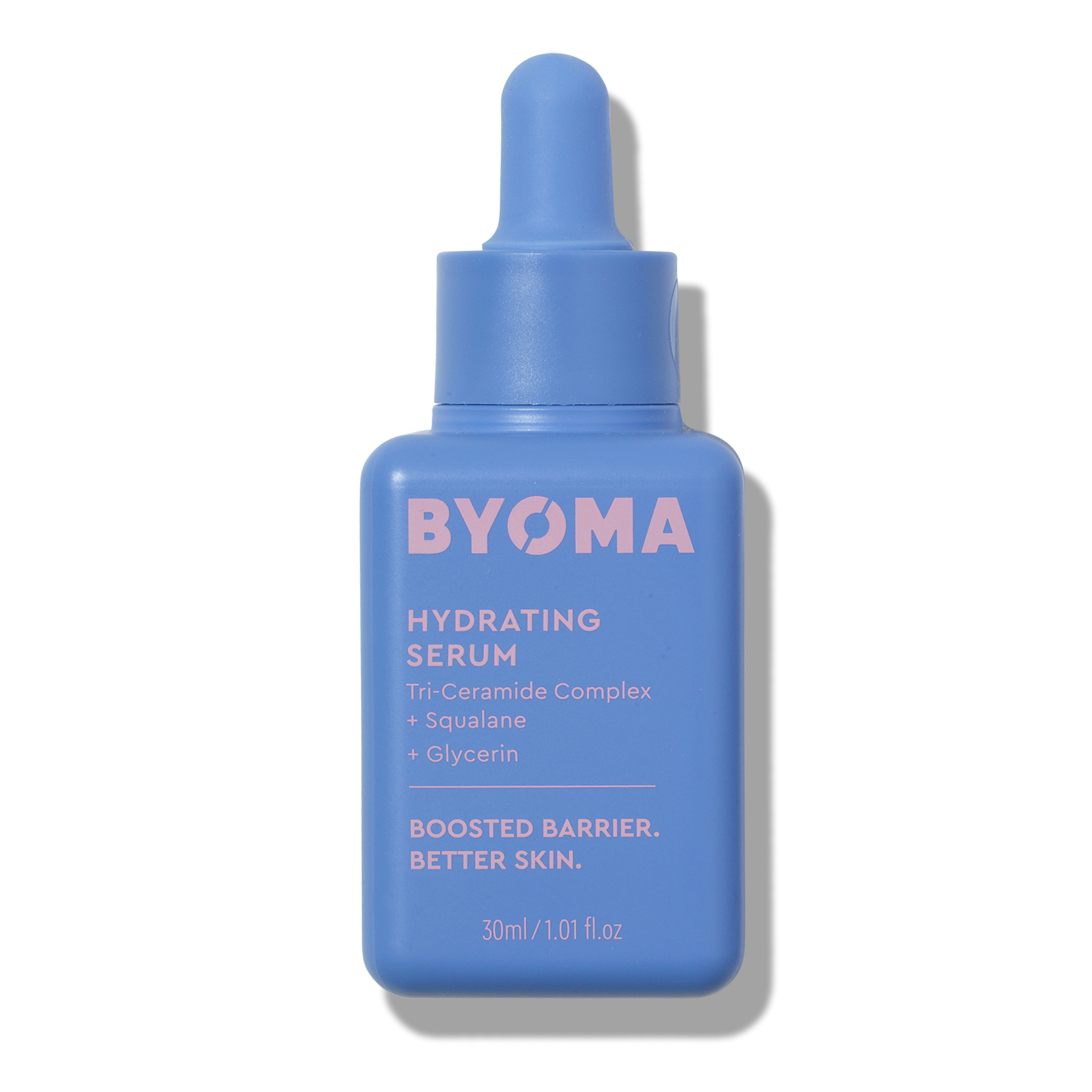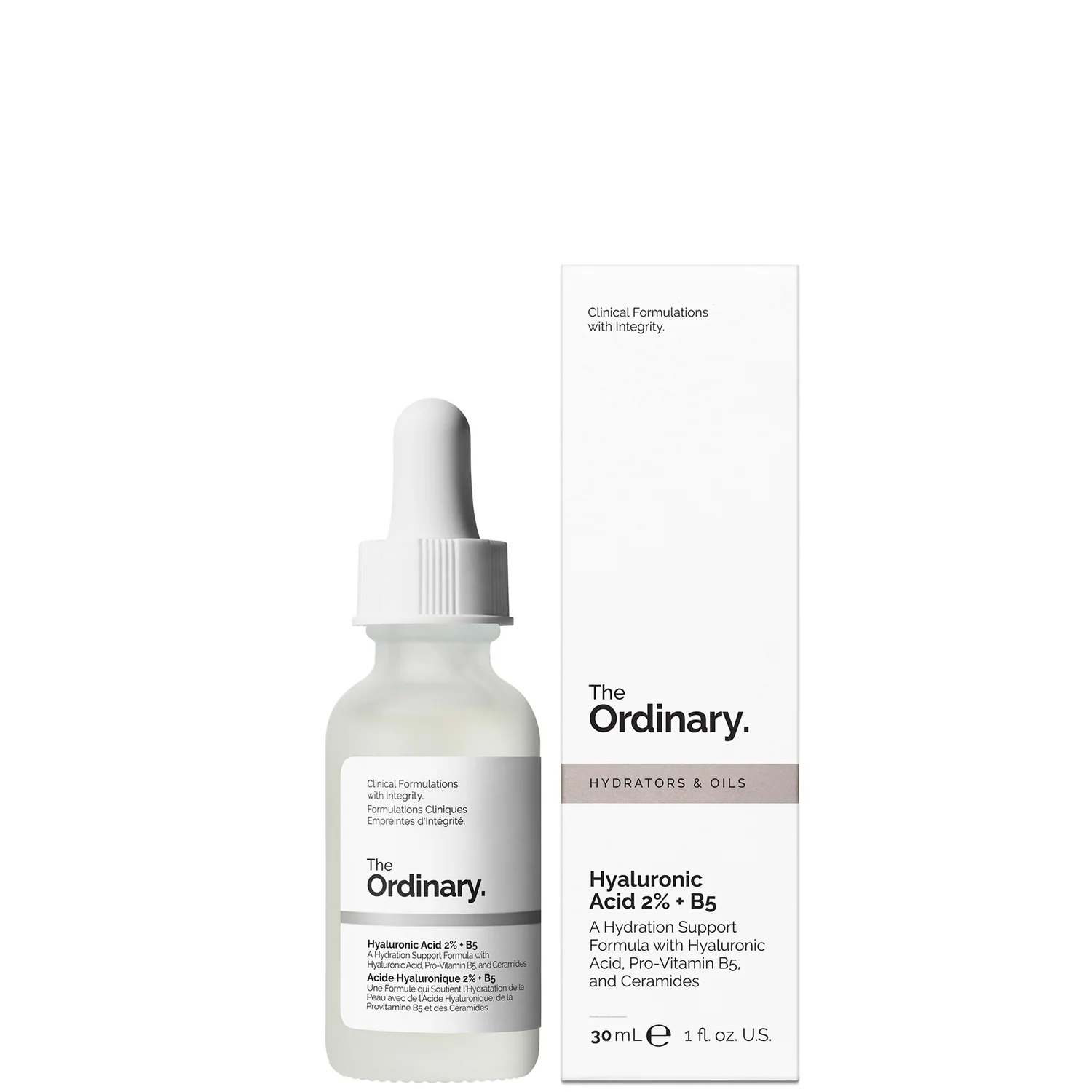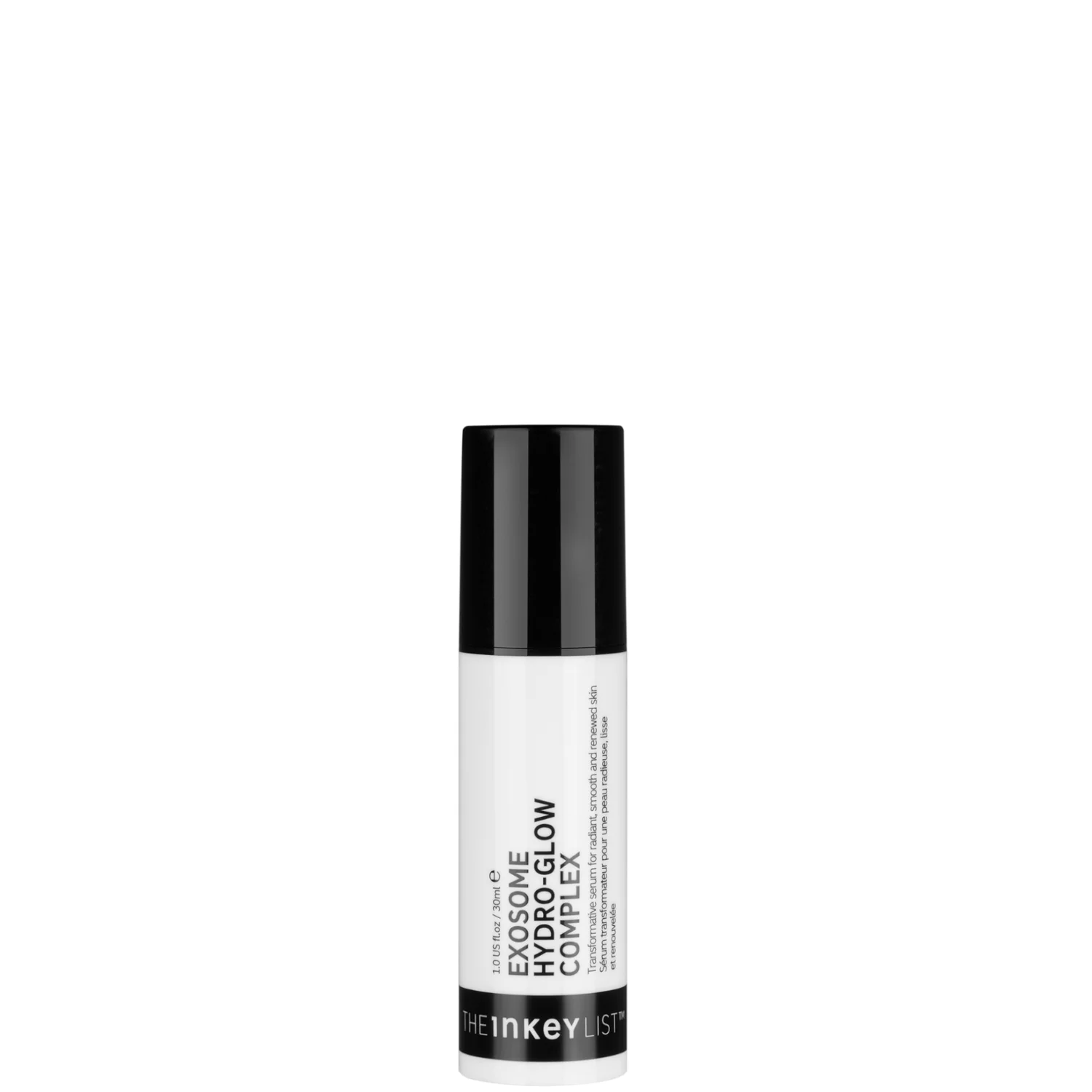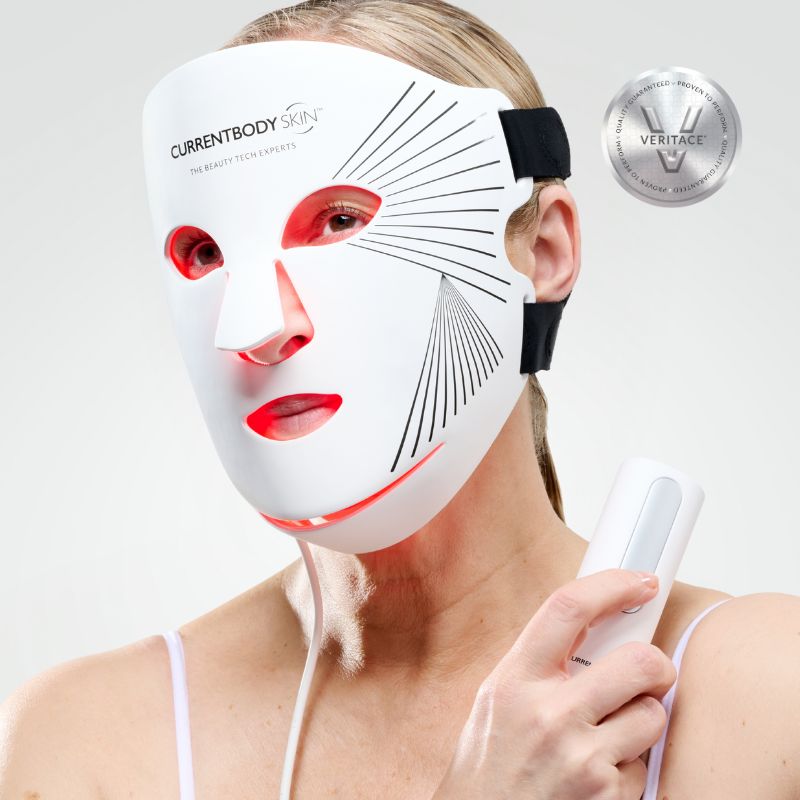This Is How Long It Actually Takes Your Skin to Recover From Flying—And the Post-Flight Skincare That Helps
Prevent, protect, repair, repeat


You’ve got your SPF 50, hydrating sheet masks, soothing face mist, lip balm, and a two-litre Stanley cup of water (electrolytes included, naturally). Your in-flight skincare routine is practically elite. But what about your pre and post-flight skincare?
While most of us are laser-focused on hydration and protection at 35,000 feet, we tend to overlook what happens to our skin before and after we land. The truth? Travelling at altitude does so much more than just drying out your skin—it disrupts its entire cellular rhythm. And recovery doesn’t happen overnight.
The importance of pre- and post-flight skincare
If you're a skincare pro, you will have taken some precautions while on-board. You won't be competing for a window seat, and you'll be slathered in SPF 50 (UV rays' intensity is amplified by 10% per 1000 feet of altitude—so, imagine how intense it is when you're flying at 35,000 feet above ground level). You may even have a few products to pop on as well.
But according to Emma Wedgwood, clinical skincare expert and Clinical Director of Emma Wedgwood Aesthetics, in-flight skincare if only part of the equation. Her philosophy centres around what she calls the 72-hour flight window, the critical three-day period before and after flying, when skin is most vulnerable and most in need of support.“Your skin has a 72-hour cellular turnover cycle,” she explains. "The secret lies in working with your skin's natural renewal process, not against it."
Pre-flight skincare: hydration, hydration, hydration
Chances are you've woken up at some ungodly hour to catch your flight, after staying up far too late panic-packing. Then there's the mad dash to the airport and the inevitable delays, all the while lugging heavy bags through terminals that seem to stretch for miles. Let's be honest, no holiday ever starts our serene.
And according to Emma, your skin feels it too—long before you even step on the plane. "Everyone focuses on the cabin pressure and dry air, but compromised skin actually begins in the airport," she says. “The stress hormones from travel anxiety, fluorescent lighting exposure, and dehydration create a perfect storm before you've even boarded.”
Her pre-flight protocol focuses on barrier strengthening using targeted polynucleotides, which help to support cellular repair, support collagen production and promote tissue regeneration. For best results, you'll need to incorporate regular in-clinic polynucleotide treatments into your routine, rather than seek a last minute appointment before you fly. The benefits of the innovative treatment can take weeks to notice the benefits, and best results often show after three months.
Celebrity news, beauty, fashion advice, and fascinating features, delivered straight to your inbox!
It's also important to boost hydration levels as much as possible before flying. Make sure you're drenching skin in multi-molecular weight hyaluronic acid serums, as well as deeply hydrating formulas with ingredients like squalane, glycerin and strengthening ceramides. And, of course, drink lots of water.
Post-flight skincare: altitude adjustment therapy
While our instinct might be to rush out into the sunshine and laze by the pool, you might be making your skin worse by doing so. UV exposure, chlorine and salt water, combined with SPF formulas that may contain alcohol can strip your skin further, compounding the in-flight dehydration and causing your complexion to look withered and dull. The best approach is to focus on replenishing lost moisture with barrier-repairing ingredients like peptides, as well as key hydrators like hyaluronic acid. Apply in tandem with a circulation-stimulating facial massage and try to avoid direct sun exposure.
For frequent flyers, or those wanting to go deeper, Emma recommends what she calls altitude adjustment therapy—a clinical-grade approach that targets inflammation, oxygen deprivation, and stress-related sensitivity. "I’ve seen executives who fly internationally twice a month showing signs of cellular damage similar to chronic UV exposure," she says. "Your skin doesn’t just lose moisture in the air—it experiences controlled hypoxia, which can trigger deeper inflammation. Most people think airplane skin is just about dryness, but your skin is essentially holding its breath for hours at a time.”
This might include regenerative exosome therapy, anti-inflammation LED light treatments, or advanced laser work, which she says can deliver visible results within 24 hours of landing. While a professional treatment will always deliver the best results, but there are at-home alternatives that are more affordable and, importantly, travel-friendly.
Whether you're travelling for business, pleasure, or a bit of both, it’s time to stop thinking of skincare as something you do just to survive a flight. Understanding how altitude, stress, and environmental exposure impact your skin allows you to plan ahead, recover faster, and feel more confident the moment you land.

Lottie Winter is the Beauty Director at Marie Claire UK. With over a decade of beauty journalism under her belt, she brings a desire to cut through the noise and get to what really matters–– products that deliver, conversations that empower, and beauty that makes people feel like their best selves.



